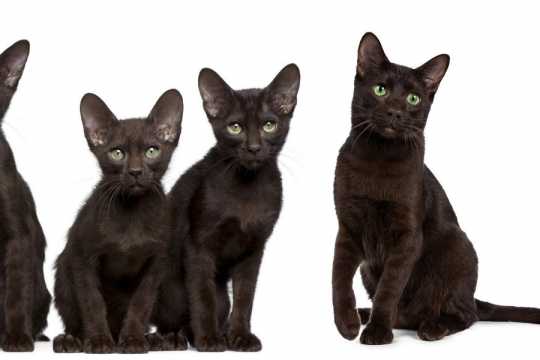Your Cart Is Empty
✖No products in the cart.

United Kingdom
12"-14"
6-10 pounds
12-15 years
Affectionate, people-oriented, alert, inquisitive
Chocolate Delight, Chestnut Foreign Shorthair, Suffolk, HB, Chestnut Brown, Swiss Mountain Cat, Havana
Medium-sized short-haired
$500-$1,500
Havana Brown cats cost between $500-$1,500.
Havana Brown cats tend to be medium in size. A fully grown Havana Brown cat might weigh between 6-10 pounds or more and range in height anywhere from about 12"-14" inches tall.
The Average lifespan for Havana Brown is 12-15 years .
Havana Brown are short-haired cats. Therefore, they do not shed as much as long-haired cat breeds.
Amidst the realm of feline diversity, reside the distinct breeds that captivate our attention. Feline inhabitants create a harmonious symphony of fur, whiskers, and personalities that enrich our lives
© 2024 CATLIVES. All Rights Reserved.